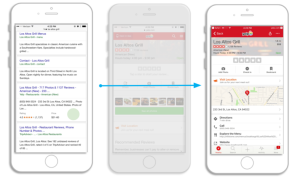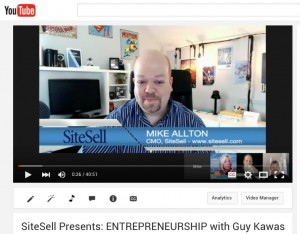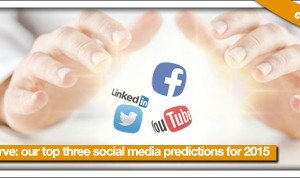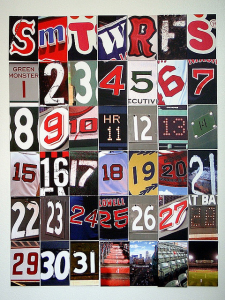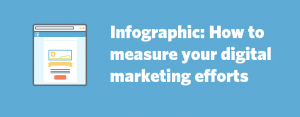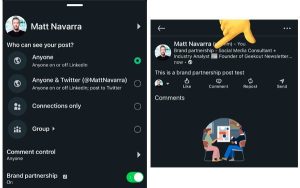August 14, 2024
Chipotle lost its all-star CEO. But he leaves behind a lot to fix
Brian Niccol brought Chipotle’s business to unprecedented heights. But he also left the experience in shambles. The next CEO has their work ahead of them.
BY Mark Wilson
Order screens. Drive-throughs. Delivery. A digital loyalty program.
These are the mainstays of mass-market dining across fast food and fast casual. But before Brian Niccol joined Chipotle in 2018, none of these modern conveniences had been introduced at the beloved burrito chain. And as he departs for his new CEO role at Starbucks, Niccol leaves behind a successful legacy.
He turned around the once-impugnable burrito brand after food scares, and brought it into the digital era—doubling revenue between 2018 an 2023 from $4.8 billion to $9.9 billion. But with these efficiencies came a certain lack of care. Critiques of portion sizes, rude employees, and “gross” restaurants are now a mainstay for a brand once ensconced in farm-to-table magic.
Niccol’s E. coli inheritance
Niccol filled an almost impossible role. When he arrived at Chipotle in 2018, he succeeded Steve Ells, the company’s founder and CEO. Under Ells’s leadership, Chipotle built an iconic metal dining room (originally pieced together from pipe fittings and other industrial budget parts) and popularized San Francisco’s Mission-style burritos, reframing them (along with the entire idea of fast food) as a farm-to-table affair, a sort of healthy and honest indulgence that Chipotle dubbed Food with Integrity. Their cultish marketing pitted Chipotle against the factory in emotional spots that could elicit tears, yet the fervor around Chipotle itself meant that it spent almost nothing on marketing—just 1.5% of its sales went to promotion in 2015 as it opened a new story every 48 hours. The company could do no wrong.

But following an E. coli outbreak that year (and another that followed in 2018), Chipotle’s magic went poof. Its fresh ingredients suddenly faced the same scandal as the frozen foodstuffs sold at Jack in the Box. Its head of marketing was indicted in a cocaine drug ring. The lunch lines out the door disappeared, and Chipotle’s growth stalled.
When Niccol arrived in 2018, he was hot off a turnaround at Taco Bell, where he’d app-ified the restaurant like Starbucks, introduced breakfast, and infused the brand with joyful, Live Más marketing. No surprise, he brought a similar playbook to Chipotle.
With Chipotle’s halo tarnished, Niccol focused on operational efficiency—and specifically, removing all possible friction between desiring a burrito and obtaining one. It was a strategy chiefly about access. I met with his team more than a half-dozen times in the years since to be apprised of much of this strategy. “It’s just providing people more access to grab and go,” noted Niccol in our 2020 interview. “Ordering ahead with our digital platforms, selecting that pickup time, and making it as fast as possible.”
To make this happen, Niccol performed all sorts of Chipotle heresy. While the company’s first app launched shortly before he arrived, he aggressively reconsidered everything else around it. This philosophical shift arrived just in time to navigate the 2020 pandemic, when 70% of Chipotle’s orders were digital.
To handle operational surges and online ordering, Niccol installed second “make lines” at most Chipotles. These were a copy of consumer-facing burrito buffets that consumers were used to ordering at, but tucked away in the back of the store to churn out orders as quickly as possible. To increase efficiency, they were first equipped with LCD screens, just like McDonald’s or Taco Bell—and then came experiments in burrito-building robotic chefs and autonomous delivery. This strategy was from a company that had prided itself on face-to-face relationships and human-made food—but it also responded to a certain reality. Most people, after experimenting with a few different options at Chipotle, locked in one favorite order for life. Why should that order be complicated?

For picking up your order, Chipotle introduced Chipotlanes—drive-throughs that would have made a purist like Ells squirm but were right in line with industry-best practices and aiding DoorDash delivery. For those who preordered to pick up in the store, the company introduced . . . a shelf! A simple shelf where you could see your bag and grab it. (And no, it’s not heated.)
As it turned out, convenience mattered. Chipotle’s stock is nearly 10x more valuable than it was in 2018. Revenue grew by 15% last year alone, accompanied by significant increases in margins. And along the way, Niccol only tweaked the menu a bit. He launched both guilty pleasures like queso blanco, and “lifestyle bowls” to match diets like Whole30, Keto, and Paleo. He also formalized the quesadilla as a menu item (but notably, you could only order it via the app—a strong-arming decision that stinks for families but drove a 37% growth in loyalty program sign-ups in a single week). Indeed, he did more to change how you ordered Chipotle than what you ate at Chipotle.
What’s left to fix at Chipotle?
On paper, these updates sound great. Niccol attacked Chipotle’s infamous line with a suite of digital tools and other interventions. And he won.
But Chipotle’s mastery in convenience came at great cost to the experience. It’s almost impossible to imagine today how bohemian and customer-obsessed Chipotle was a decade ago. You could literally order anything you wanted, unconstrained by a formal menu, and managers were empowered to price it appropriately. Today, you can’t even get a quesadilla without ordering constrictively in an app.

The humanity inside Chipotle is lacking. And it’s driving an adversarial relationship between the customer and the employee. Despite so much regimentation of apps and pickup UX, many customers have bemoaned inconsistent portion sizes (a topic Niccol denied before admitting it was an issue and promising to retrain employees to serve “generous” portions this year). We are living in an age of both inflation and shrinkage, and Chipotle has responded by selling a $20 burrito that could look scant and is left for you to pick up from a room-temperature shelf rather than something built to keep your food hot. One brave analyst actually charted the difference in his order across dozens of locations, proving out this premise. This has led some customers to film their burritos being made, placing hourly employees on blast in a desperate attempt to score a few more ounces of chicken. It’s a terrible outcome for everyone.
In many ways, Chipotle grew to prominence because it was the perfect articulation of a once-beloved topic in design: sustainable hedonism. It’s an architecture-born idea, promising excess anchored in some semblance of environmental or spiritual balance. But it’s hard to feel opulent when you’re haggling with an ice cream scoop. When a burrito falls apart. When the makeline is a mess. When food is always cold.
The experience of visiting a Chipotle today is one of scarcity rather than celebration, of negotiation rather than care. In many ways, Chipotle has become the efficiency engine that it so long warned us about. And even if that hasn’t caught up with the brand’s balance sheet yet, it will be a topic Niccol’s successor will need to address. Steve Ells gave us the perfect mass-market burrito. Niccol figured out how to serve it to us fast and easy. Now, the third CEO leading Chipotle will need to marry these two approaches, and ensure that everything about the experience can be handled with integrity and generosity. Even if guac still costs extra.
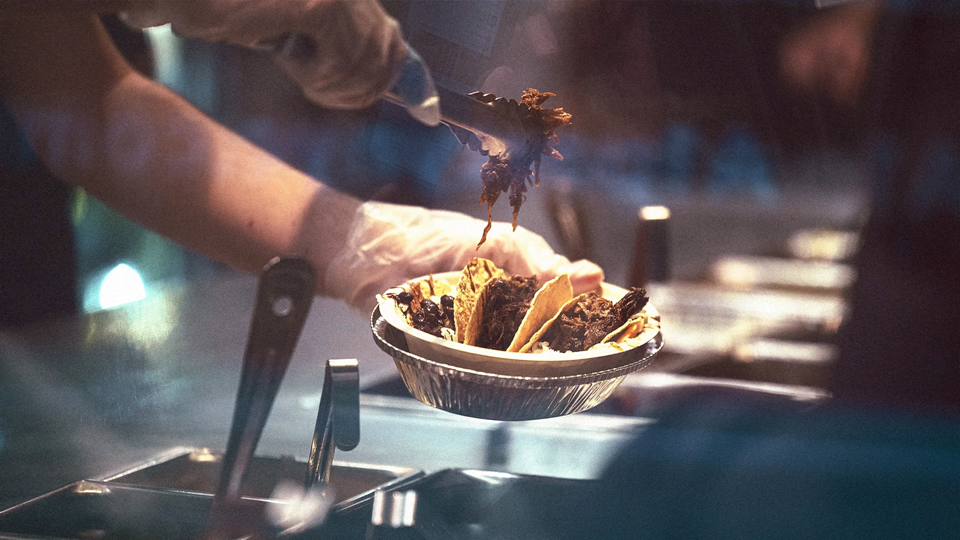
ABOUT THE AUTHOR
(4)
Report Post
